Stopping habitat loss is the key to saving Canada’s endangered species
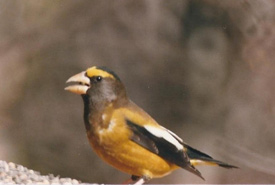
Evening grosbeak (Photo by Anna Tchoulik)
Canada has been losing and saving species for a long time. Since European settlement, over 100 species have been lost here. These include plants and animals that are extinct and extirpated and species that are considered historic (no one has seen...
Twelve spooky facts about Canadian bats
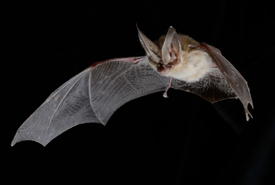
Townsend's big-eared bat (Photo by Brock Fenton)
There are 18 known bat species in Canada. Although they are subjected to a spooky stigma around Halloween, they’re nothing to be afraid of. Here are 12 things you didn’t know about these not-so-scary mammals: 1. The snooze...
Coasting along Canada’s habitats
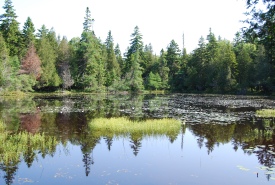
Musquash Estuary, NB (Photo by NCC)
Canada is a nation bordered by three oceans: Pacific, Arctic and Atlantic. In many ways, the habitats, local culture and economies are shaped by them. Often when those of us who don’t live near the shoreline think of oceans, we picture a...
10 fascinating facts about wild turkeys
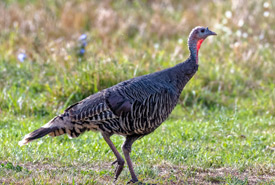
Wild turkey (Photo by D.P. Lawrence CC-BY-NC)
Today marks Thanksgiving in Canada. The first official, annual Canadian Thanksgiving took place on November 6, 1879. In honour of Thanksgiving, here are 10 facts to gobble up about wild turkeys, a species that has been documented on Nature...
A throwback to working in Backus Woods
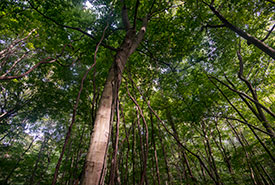
Forest canopy in Backus Woods, ON (Photo by Neil Ever Osborne)
I had the pleasure of working for the Nature Conservancy of Canada (NCC) for the summer of 2019 as a conservation technician out of the Norfolk County, Ontario, office. When I first came to Norfolk, I was expecting to see mostly farmland and...
What the knowledge of how trees communicate means for forest conservation
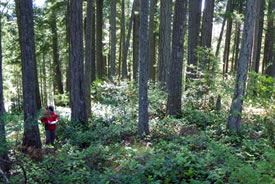
A shady Douglas-fir forest (Photo by Jenny McCune)
Japanese people are generally familiar with shinrin-yoku or forest bathing — the practice of being immersed in a forest. In Germany, the concept is referred to as Waldsehligkeit, a feeling of profound well-being that comes from being...
Grandparents in the natural world
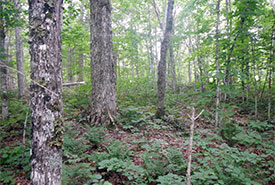
Old-growth forest (Photo by NCC)
I often find similarity in the structure of human society and in nature's ecosystems. Reflecting on how our community is comprised of people from all walks and stages of life, I can’t help but think the same about forests. As Grandparents...
Exploring the Fraser River Estuary
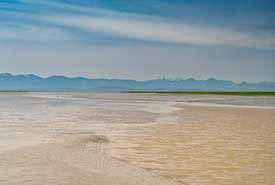
Low tide at Swishwash Island, BC. (Photo by Fernando Lessa)
The Fraser River is one of the most important rivers in Canada. Its waters, running for almost 1,400 kilometres before reaching the Pacific Ocean, are a major salmon waterway that is used by all five species of Pacific salmon and salmonids to...
A breezy hike at Buffalo Pound
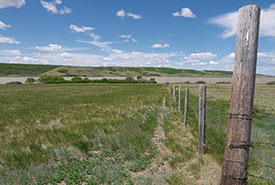
Buffalo Pound property, SK (Photo by Bill Armstrong)
What a delight it was to watch a wary coyote cross the trail in front of me, sizing me up before continuing on its way into a nearby coulee. This encounter may not seem like much, but after three months of staying at home to help stop the spread...
Grasslands: Climate change’s unsuspecting heroes
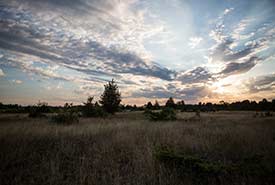
Napanee Plain Alvar Nature Reserve, ON (Photo by Vincent Luk & Evermaven)
Carbon is the backbone of life on Earth. It makes up everything we do, everything we eat, and it even makes us up. Carbon is stored in different reservoirs, which broadly include land, water and the atmosphere. Carbon cycles from one reservoir to...

